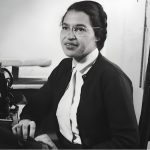It’s hard to believe that we almost didn’t see Hollywood legend Ava Gardner as an actress on the screen. Despite her unforgettable performances in classics like “The Barefoot Contessa” and “The Snows of Kilimanjaro,” her journey to success was not without hurdles.
Known for her portrayal of strong, enigmatic characters, Gardner’s off-screen life was just as intriguing. She effortlessly embodied the allure of the femme fatale, captivating audiences with her undeniable charm and sensuality.
Ava’s turbulent childhood
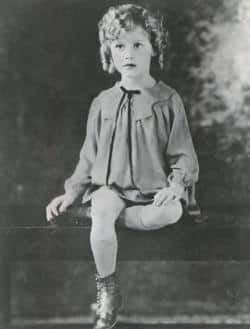
In the quiet countryside of Grabtown, North Carolina, Jonas and Mary Elizabeth “Mollie” Gardner welcomed their seventh child, Ava Lavinia Gardner, on Christmas Eve of 1922.
Their family home, a white farmhouse, sat amidst fields of tobacco and cotton, seven miles east of Smithfield.
Unfortunately, tragedy struck in 1925 when a fire destroyed their barn and cotton gin. Facing financial hardship, the Gardners relocated to Brogden.
There, Jonas found work as a property caretaker, while Mollie managed the teacherage, a boarding house for female teachers at the local public school.
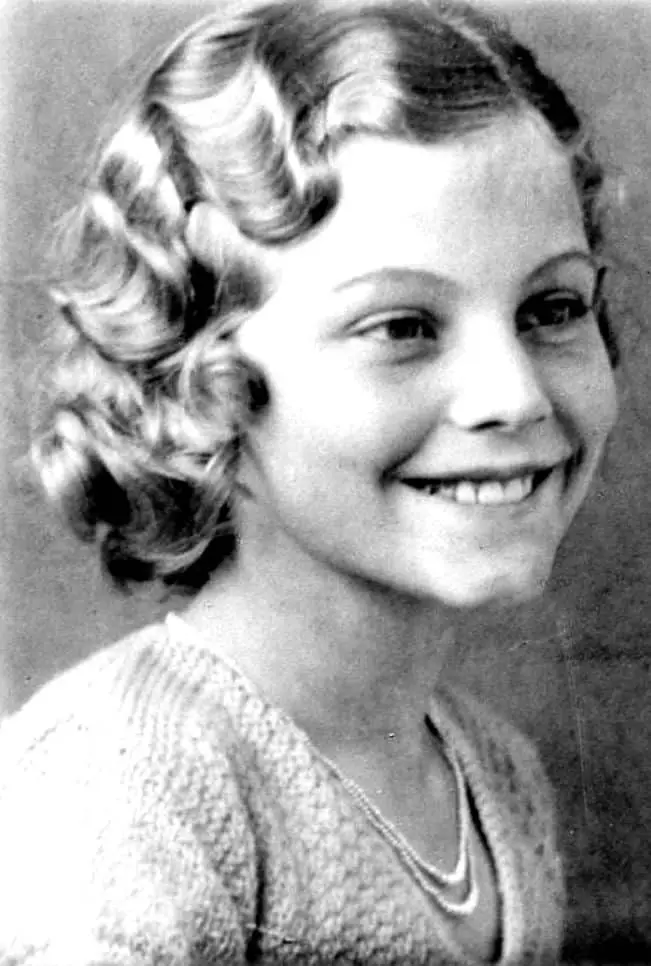
As the Great Depression took its toll, the state closed the teacherage in Dec 1934, prompting the Gardner family to relocate once more, this time to Newport News, Virginia.
There, they ran a boarding house for shipyard workers. Sadly, Jonas, Ava’s father, passed away in 1938 after battling declining health for years.
After his death, Mollie and Ava returned to North Carolina, settling in Rock Ridge near Wilson. Mollie secured a position managing another teacherage while Ava completed her education, graduating from Rock Ridge School in 1939.
Despite financial challenges, Mollie insisted on Ava pursuing higher education, leading Ava to enroll in a secretarial program at Atlantic Christian College, now known as Barton College.
Ava got noticed
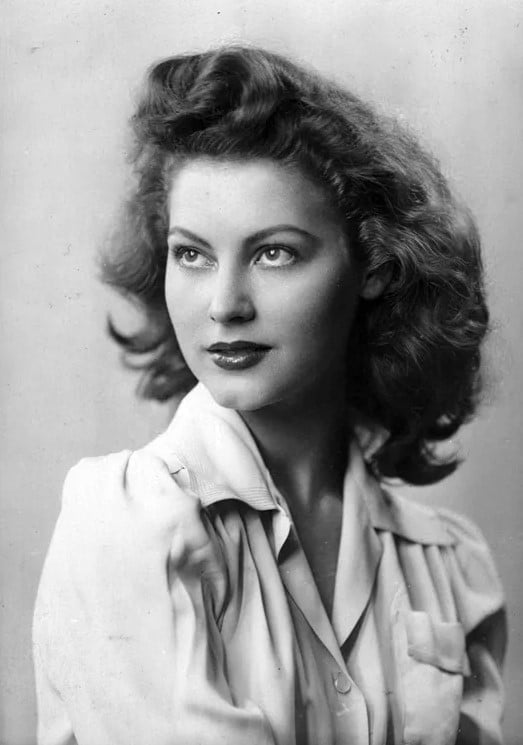
In 1941, Ava paid a visit to her older sister, Bappie, who lived in New York with her husband, Larry Tarr, a skilled photographer. Impressed by Ava’s appearance, Larry snapped her portrait and proudly displayed it in his Fifth Avenue studio window.
This photo caught the attention of Bernard Duhan, a clerk at Loews Theatres. He pretended to be a top talent scout from MGM, a subsidiary of Loews, when he called Larry’s studio. Bernard was keen to obtain Ava’s contact information.
Larry, sensing an opportunity for his sister-in-law, offered to send Ava up from North Carolina for an interview.
Bernard, instead, asked him for photos “just send some photos of her for my attention.” These photos eventually landed in the hands of Al Altman, who headed MGM’s talent department in New York.
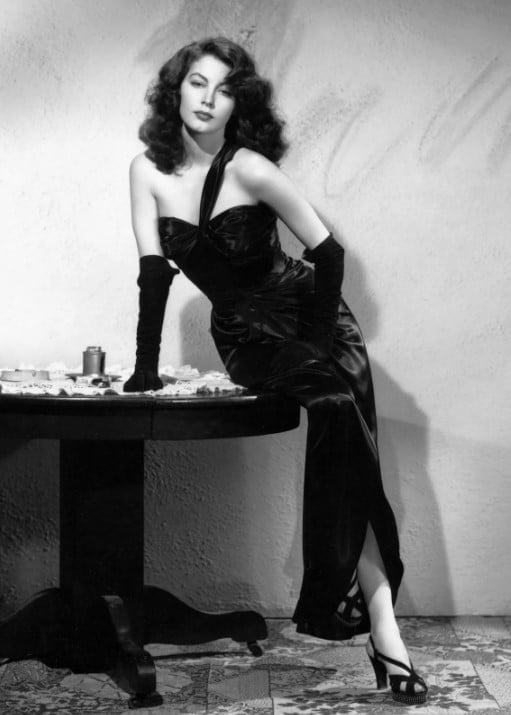
Shortly after, Gardner, then a student at Atlantic Christian College, headed to New York. There, she met with Al Altman, head of MGM’s New York talent department.
Altman had this 18-year-old girl perform tasks like walking towards and away from the camera and arranging flowers. He didn’t record her speaking because her Southern accent was too thick for him to understand.
Despite Altman’s reservations, Louis B. Mayer, MGM’s head sent a telegram to Altman: “She can’t sing. She can’t act. She can’t talk. She’s terrific!” The studio then offered her a contract, and Gardner bid farewell to school as she set her sights on Hollywood in 1941.
The journey to a Hollywood star
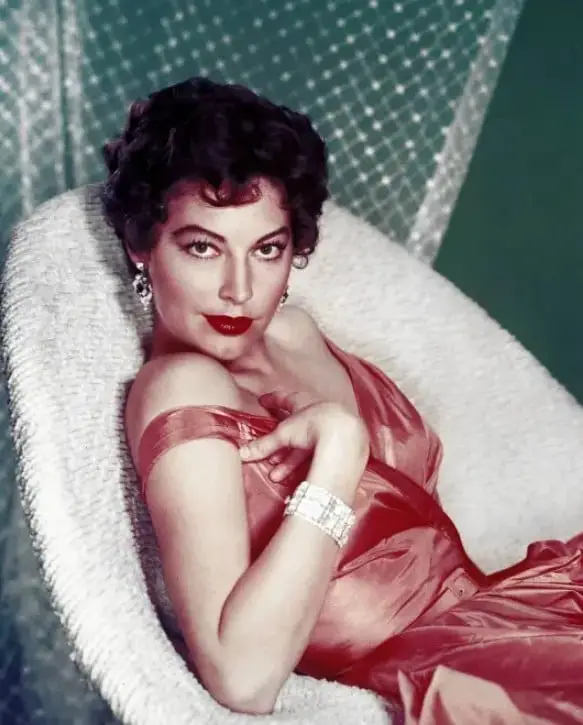
Her mother, Mollie Gardner didn’t want her youngest child going to California alone, so Bappie offered to go with Ava. In August 1941, the two sisters took a train to Hollywood.
Ava’s debut in a feature film occurred with a brief appearance in the movie “We Were Dancing” (1942), starring Norma Shearer. After fifteen small roles, she earned her first credited screen appearance in “Ghosts on the Loose” (1943), where her name graced the theatrical poster.
Despite years of minor roles, often uncredited and mostly at MGM, Ava gained recognition in “The Killers” (1946), produced by Mark Hellinger. She portrayed the seductive Kitty Collins, marking her rise to prominence in the film industry.
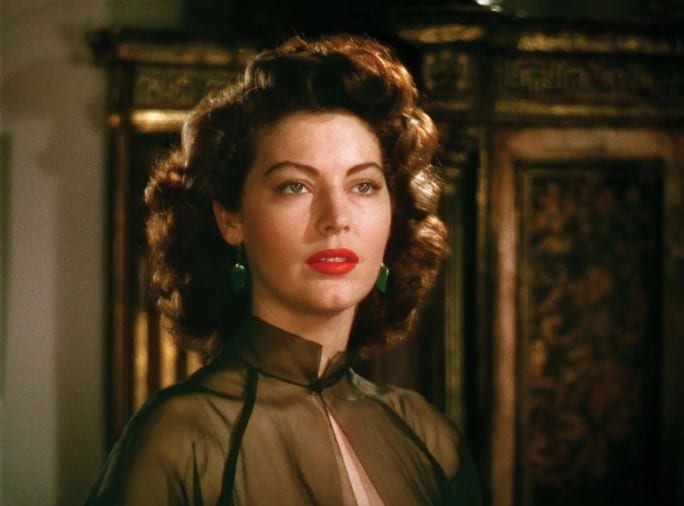
Ava kicked off her second decade in Hollywood with promising roles on the horizon.
In 1951, she showcased her talent in a variety of films, including the period melodrama “My Forbidden Past,” the romantic fantasy “Pandora and the Flying Dutchman,” and the vibrant Technicolor musical “Show Boat.”
Building on the success of that year, Ava joined forces with Clark Gable for two more films: the western “Lone Star” in 1952 and the adventurous drama “Mogambo” in 1953, a remake of Gable’s earlier film “Red Dust.”
Her standout performance in “Mogambo” earned Ava a prestigious Best Actress Oscar nomination for her portrayal of Eloise “Honey Bear” Kelly.
Throughout the decade, she continued to impress audiences with her talent, starring in two more adaptations of Ernest Hemingway’s works: “The Snows of Kilimanjaro” in 1952 and “The Sun Also Rises” in 1957.
One of her most memorable roles came in 1954 when she delivered a captivating performance as the doomed actress Maria Vargas in Joseph L. Mankiewicz’s production of “The Barefoot Contessa.”
Ava found her peace in Europe
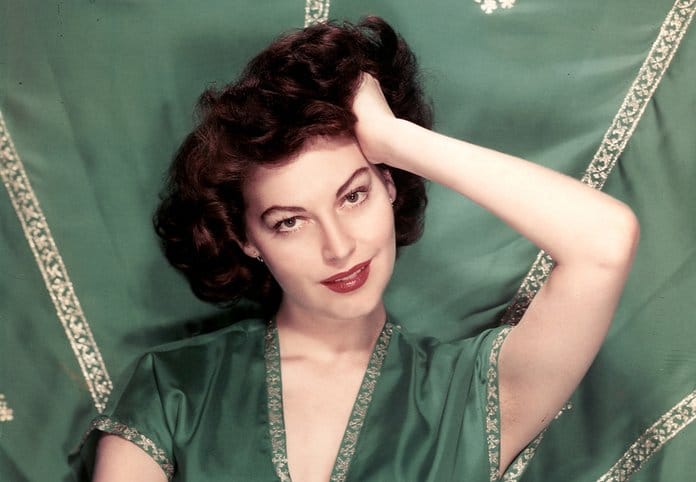
At the age of 33, Ava yearned to escape the relentless scrutiny of Hollywood’s media spotlight. Leaving behind the glitz and glamor, she moved to Madrid, Spain, seeking refuge from the paparazzi.
For over a decade, she immersed herself in the city’s rich culture, embracing Flamenco dancing and the spectacle of bullfights.
Then, in 1968, seeking a quieter place, Ava relocated to London, England. Settling in her beloved Ennismore Square apartment, she would spend the remainder of her days in contentment.
During her years abroad, Ava frequently returned to America for work commitments and to visit her family in North Carolina. Her final public appearance in her home state was at the Rock Ridge School reunion in 1978, and she last visited Smithfield in May 1985.
However, in the late 1980s, Ava’s health started to deteriorate. She suffered a stroke in 1986 and eventually succumbed to pneumonia on January 25, 1990.
Her journey came full circle as she made her last trip home to be laid to rest in the Gardner Family plot at Smithfield’s Sunset Memorial Park cemetery, less than one mile from the Ava Gardner Museum.

